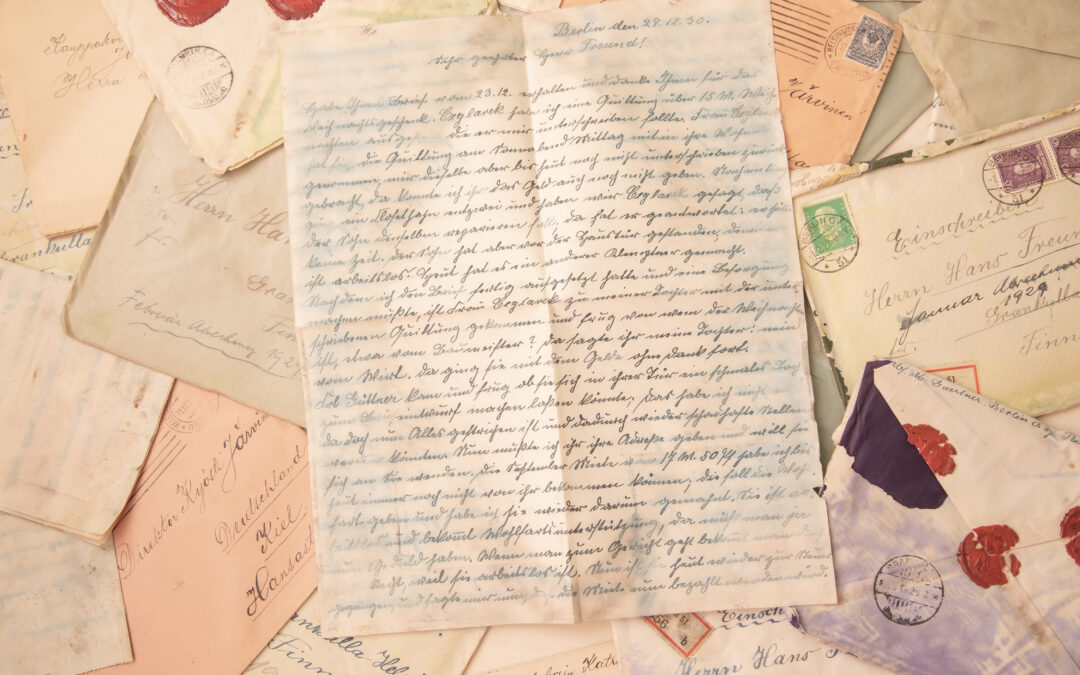Before emails, texts, and instant messaging, the handwritten letter was the primary form of long-distance communication. For centuries, letters have connected people across vast distances, sharing everything from political alliances to personal emotions.
The earliest known letters date back to ancient Mesopotamia, where cuneiform tablets were used to record messages and transactions. In Ancient Egypt, scribes wrote letters on papyrus scrolls, often sealed with wax for confidentiality. The Romans refined letter-writing into an art form, with figures like Cicero using letters to document political and philosophical ideas.
By the Middle Ages, letters played a crucial role in diplomacy and trade. Messengers carried written correspondence between monarchs and merchants, shaping international relations. The Renaissance saw an explosion of personal letter-writing, with scholars and poets like Leonardo da Vinci and Michelangelo exchanging thoughts through carefully penned letters.
The introduction of the postal system in the 18th and 19th centuries made letter-writing more accessible to the general public. Love letters, war letters, and travel correspondence became treasured artifacts, offering glimpses into history through the words of those who lived it.
Though modern technology has transformed communication, the charm and intimacy of a handwritten letter endure. Whether sealed with wax in medieval times or scribbled on stationery today, letters remain a timeless way to capture thoughts, emotions, and history.


